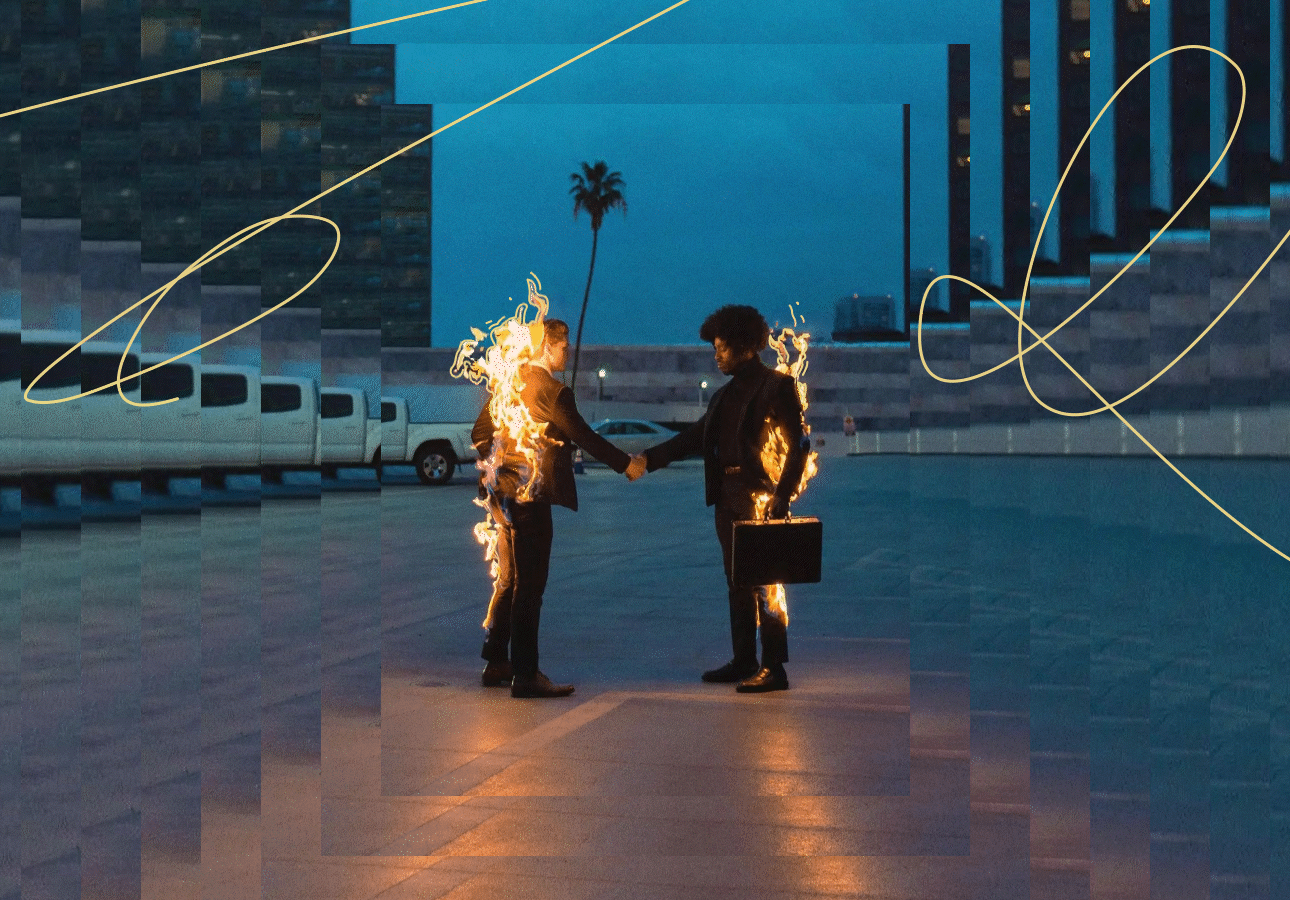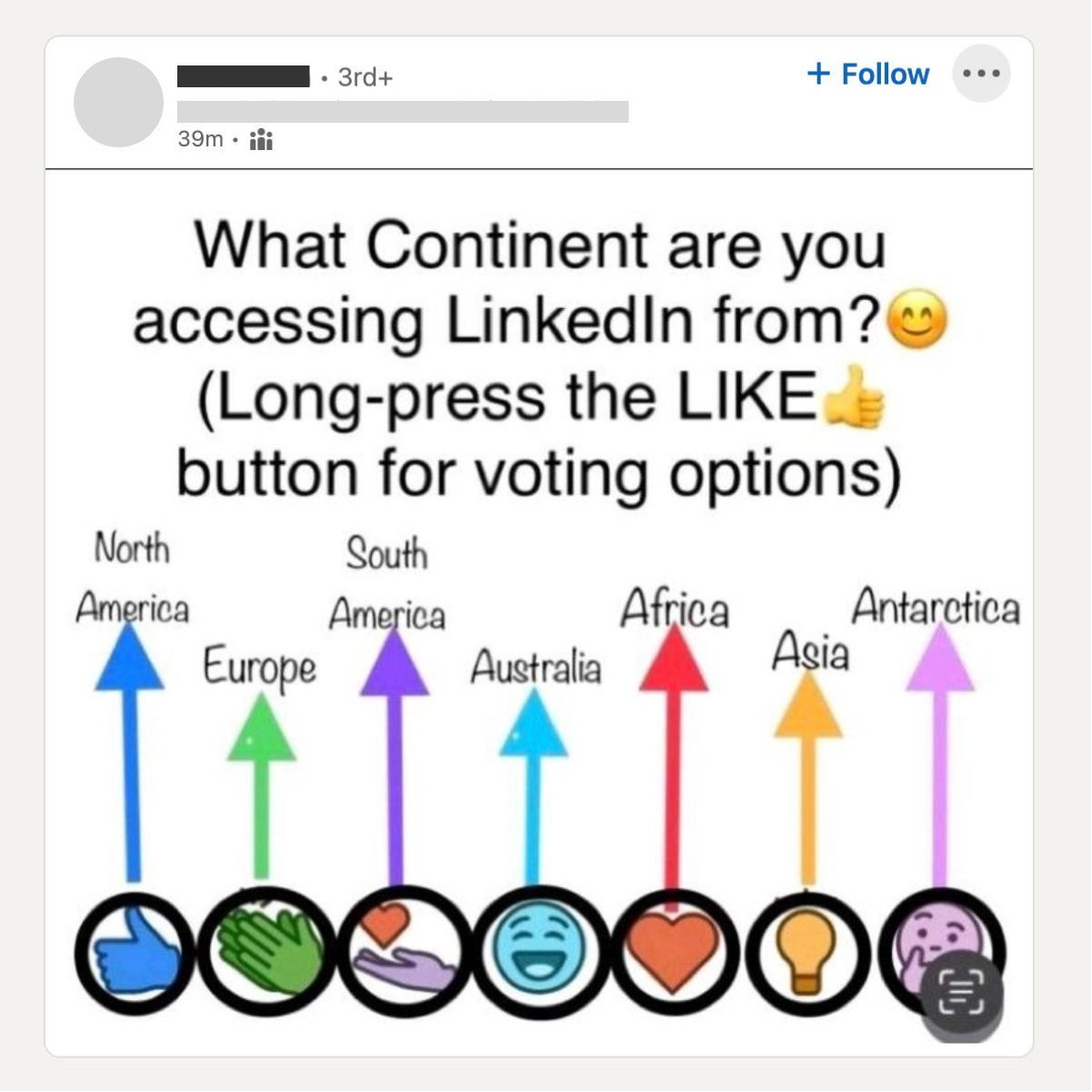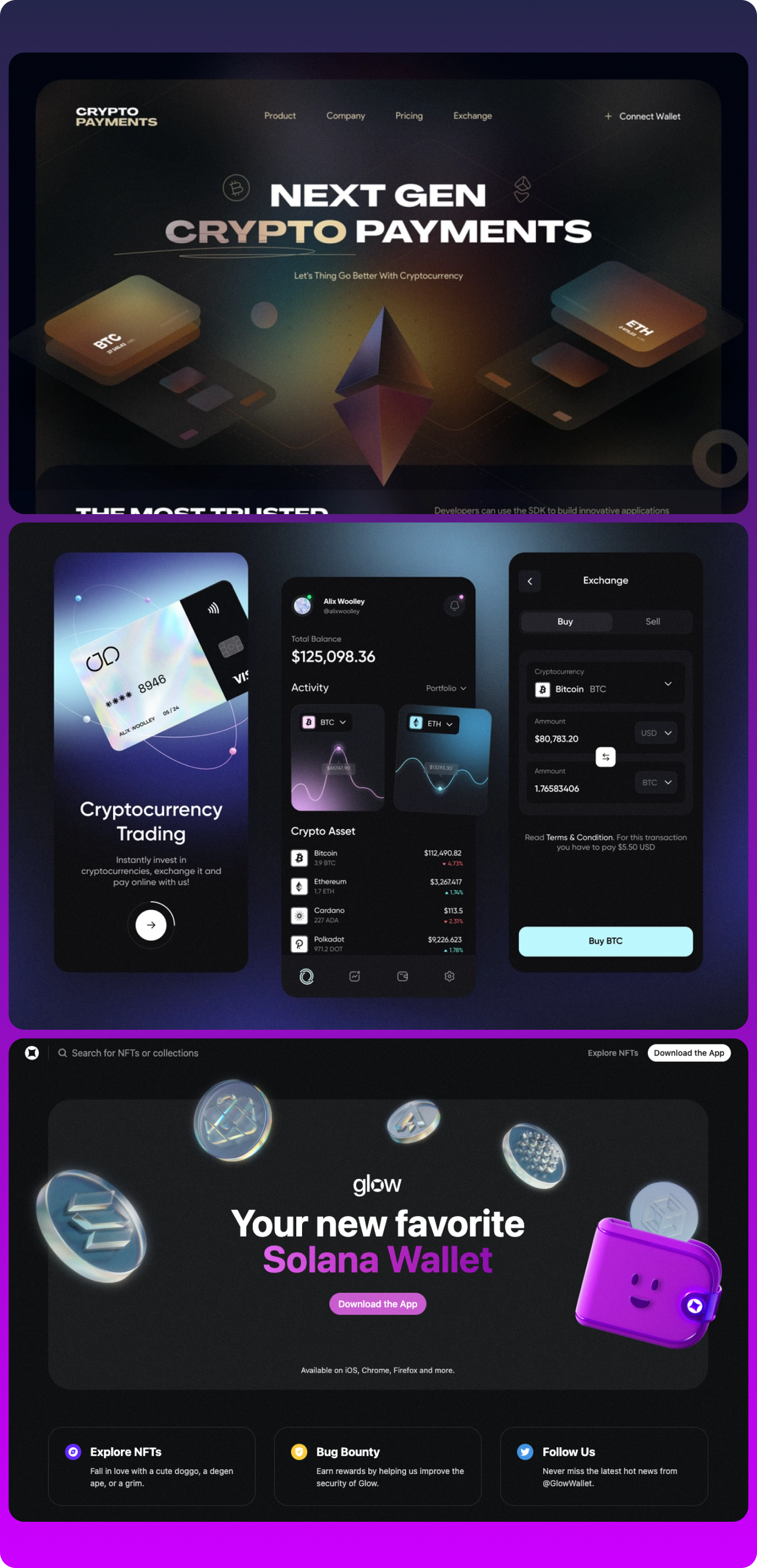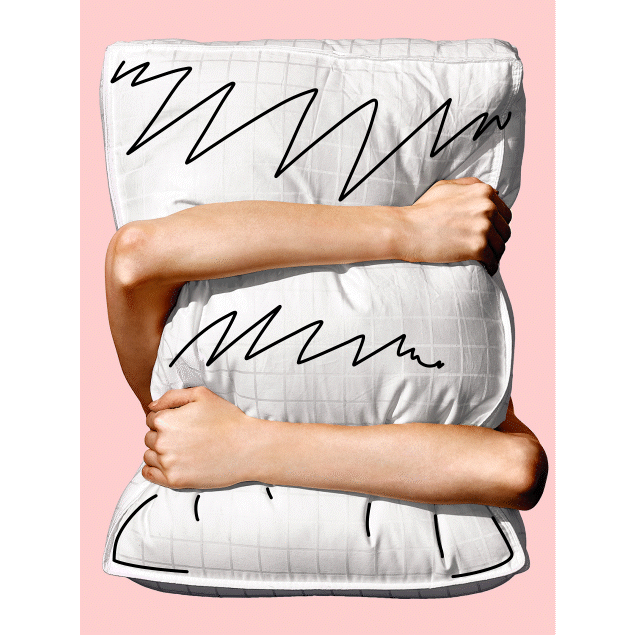The State of UX in 2023
is coming
In culture, as well as in design, things sometimes change at an accelerated pace, and a once-dominant social wavelength can suddenly start to feel dated. The year 2023 brings the culmination of various changes in the realms of technology, behavior, and society that have been underway since before COVID. As designers, instead of simply flocking from one new thing to the next, this is the time to think critically about the direction our industry is heading —and the path we want to walk ourselves.
Written by Fabricio Teixeira and Caio Braga
Art direction by Manoel do Amaral


















